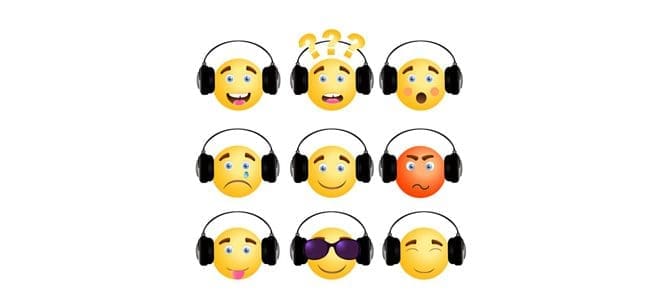Music is a universal language that speaks to people of all ages and backgrounds. It can evoke emotion, create a mood, and even tell a story. But how does a composer achieve these effects? One of the most important elements of music is its tone.
In this article, we will explore what tone is in music, how it is created, and how it affects the listener. We will also look at some examples of how tone can be used to create different effects in music.
Overview
The tone is the overall sound or quality of a musical piece. It is determined by the combination of the notes, chords, and harmonies used in the composition, as well as the instrumentation and performance of the piece.
It can be described as mellow, bright, dark, edgy, warm, or any other adjective that describes the overall sound of the piece. The tone is an important part of music and can help to create a certain mood or atmosphere. Tone can also be used to differentiate between different genres of music.
History
The history and tone of the music has varied throughout the centuries, and its origins can be traced back to the earliest humans. Music has been used for a variety of purposes, including entertainment, religious ceremonies, and spiritual expression.
Ancient cultures used music as a form of storytelling, with instruments such as flutes and drums used to express emotion and create an atmosphere. Music has also been used to mark important events, such as coronations and weddings.
In the 18th century, the development of the piano and other instruments led to the emergence of classical music, which was often used to evoke emotion and create a sense of grandeur. This era also saw the emergence of opera, which was used to tell stories and explore the human condition.
The 19th century saw the emergence of jazz, which was used to express joy and sorrow. This style was heavily influenced by African culture and used improvisation to create a unique sound.
In the 20th century, popular music became more accessible as a result of technological advancements. Music styles such as rock and roll, hip-hop, and pop emerged, and these genres are still popular today.
No matter the style of music, the tone and history of music can still be traced back to its earliest forms and its influence can be felt in many different genres.
How is it created?
It is created by a combination of several different factors. Pitch, volume, timbre, and texture all play a role in creating a musical tone. Pitch is the frequency of a sound, and it is determined by the number of vibrations per second. A higher-pitch sound has more vibrations per second, and a lower-pitch sound has fewer vibrations per second. Pitch is the most important factor in creating a musical tone.
Volume is the loudness of a sound, and it is determined by the amount of energy that is used to create the sound. A louder sound has more energy and a softer sound has less energy. Volume is also an important factor in creating a musical tone.
Timbre is the quality of a sound, and it is determined by the type of instrument or voice used to create the sound. Different instruments and voices have different timbres, and these timbres can be used to create a unique musical tone.
The texture is the layering of different sounds, and it is determined by the combination of different instruments and voices. By layering different instruments and voices, a unique texture can be created that can be used to create a musical tone.
These four factors all work together to create a musical tone. By manipulating the pitch, volume, timbre, and texture of a sound, a unique musical tone can be created.
How does it affect the listener?
The tone of music can have a significant impact on the listener. It can affect their emotions, mood, and even physical state. Music with a more upbeat or positive tone can lift the listener’s spirits and make them feel more energized.
Music with a more mellow or calming tone can help the listener to relax and feel more at ease. Music with a more intense or dark tone can evoke a feeling of suspense or tension. Ultimately, the effect of the tone of music on the listener depends on the individual and the context.
Examples
Tone can be used to create a variety of effects in music. For example, a soft, gentle tone can create a peaceful, calming effect, while a loud, aggressive tone can create an intense, dramatic effect.
Additionally, a bright, cheerful tone can create a happy, upbeat feeling, while a dark, brooding tone can create a sense of sadness and despair.
Tone can also be used to create a sense of mystery or suspense, as well as a sense of urgency or excitement.
Recording techniques can also affect the tone of a piece of music. Reverb and delay are two effects that can be used to create a certain tone. Reverb adds a sense of space and depth to a sound, while delay adds an echo effect. Compression can be used to create a more powerful sound.
Summary
In conclusion, the tone is an important element in music. It is the foundation of a successful composition and can be used to create a mood and convey emotion. The tone is affected by a variety of factors, such as the type of instrument used, the playing style, the type of sound produced, and the recording techniques used.












